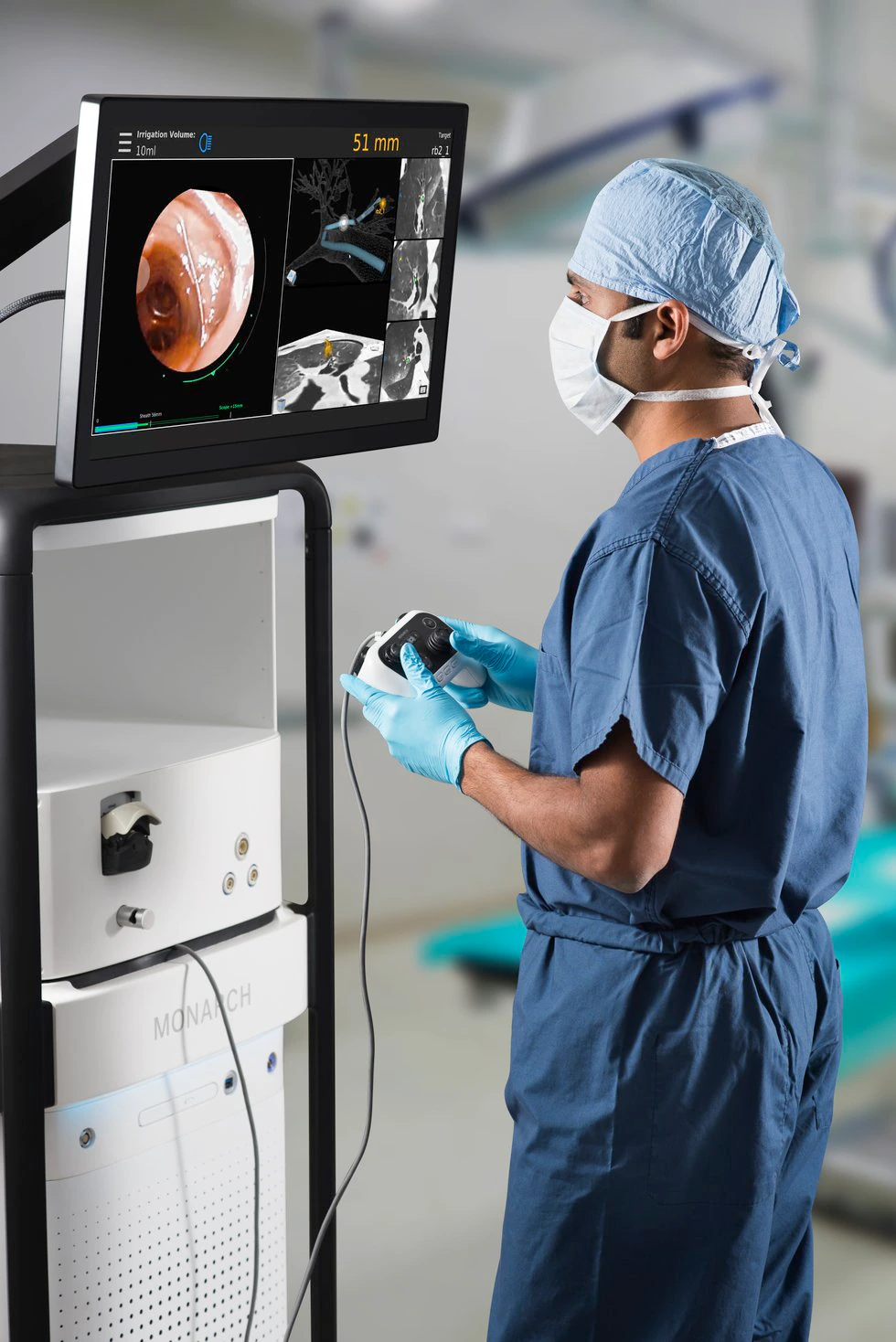CLEVELAND, Ohio (WOIO) – For 80 percent of lung cancer patients, their diagnosis comes late in the game, which gives them fewer treatment options and little chance of surviving.
But new technology now available to patients in Cleveland gives surgeons unprecedented access to hard-to-reach parts of the lungs. More patients now have a real shot at beating this deadly disease.
“I was a smoker, so I have only myself to blame,” said Christine Ash.
The Mayfield Village cancer patient has been dealing with spots on her lungs for nearly two decades. Thanks to a rare early detection during an unrelated procedure, she’s survived it for so long.
“The pre-op that they put you through showed a spot on my right lung. Two weeks later, they were taking out one of my lobes,” she said.
Early intervention left her with large scars and a long, painful recovery period.
“Thoracic surgery is horrendous. Anybody who has your back open, moving ribs…it takes weeks to recover,” said Ash.
Multiple times surgeons had to go back in for difficult procedures when they suspected her cancer was resurfacing. She’s been through three biopsies in the last couple of years alone.
Dr. Ben Young, Medical Director of Bronchoscopy at UH Cleveland Medical Center, says diagnosing lung cancer has been a problem for a long time.
“The chest is a large place. And depending on the location and the size of something that you’re trying to biopsy, it can be tricky,” he said.
Previously, a fairly significant operation was the only means of obtaining a biopsy was to go in surgically. Early technology was often inconclusive, leaving patients anxiously waiting for suspected cancer to develop enough to get to or subject them to potentially unnecessary treatment.
The Monarch by Auris Health is a robotic navigational bronchoscope. Now available to patients at UH, it has a small catheter, camera, and electromagnetic sensors that allow it to navigate through the lung, almost like a GPS.
Dr. Young says it’s an exciting addition to University Hospitals.
“If there’s a turn that we didn’t know was there previously, all of a sudden, we can see it. It’s allowing us to get further out into the lung, then attempt to biopsy smaller and smaller targets,” he said.
Dr. Young says it’s an exciting piece of equipment to bring to UH, that works as the eyes and the hands of surgeons.
“Between the fine control and improved targeting and that fact that we can see what we’re doing, it’s really been a game-changer,” he said.
Dr. Young says it’s enabling them to attempt to biopsy targets in the lung even a year ago they would not have tried.
“Because I knew I didn’t have a chance to offer the patient anything more than a shot in the dark. Whereas now we have a real chance of getting to something, getting a diagnosis earlier, providing some peace of mind,” he said.
Ash was one of the first patients at UH to benefit from the robotic bronchoscope.
“It was so much easier, and they can pin point it so fast. and it was successful,” she said.
As a result, she was given brief, targeted radiation instead of surgery or continuous radiation. The treatment was significantly less harsh on the 71-year-old, who is also dealing with COPD. Still, she feels fortunate to have access to this kind of care.
“I’m not climbing mountains, but I consider myself very lucky,” she said.
Since May of last year, the Monarch unit has helped about 90 patients already.
Copyright 2022 WOIO. All rights reserved.
Credit: Source link





















